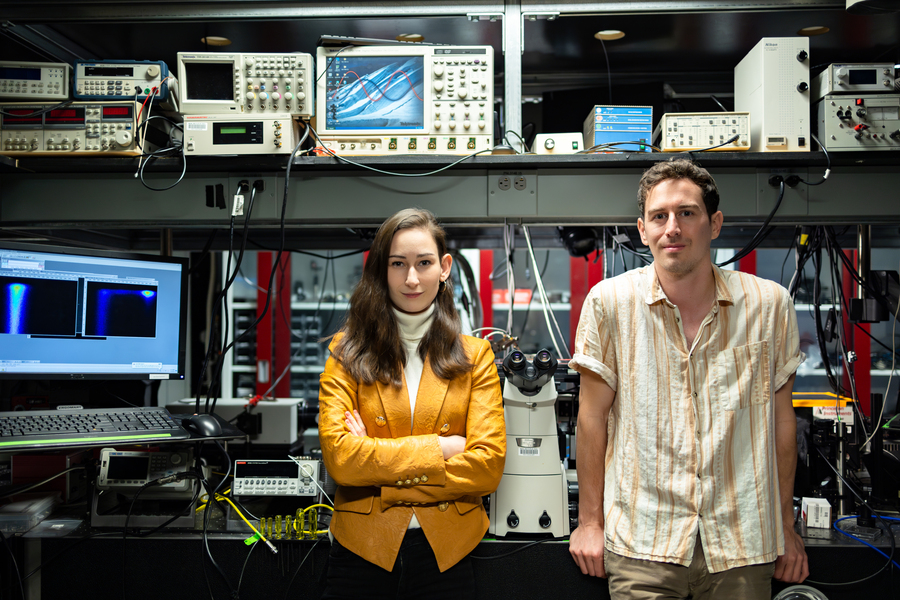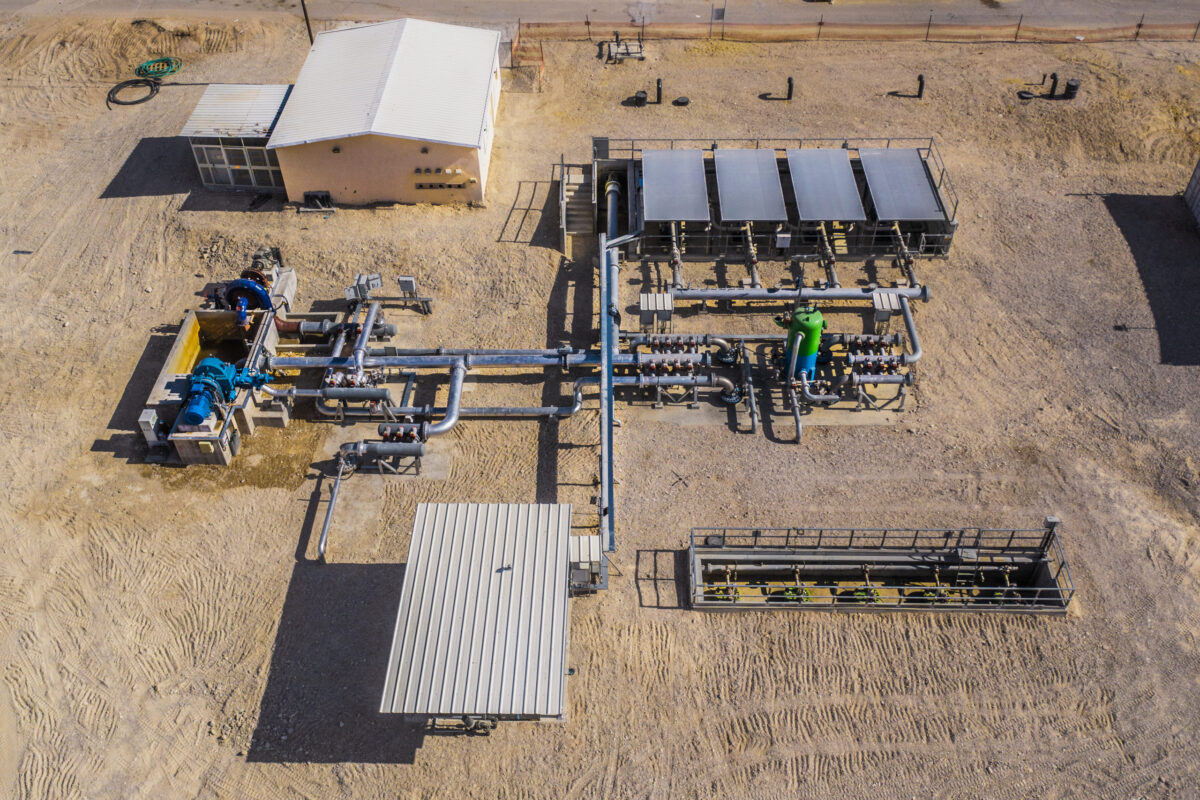From pv magazine USA
With perovskite efficiency at converting sunlight to electricity edging up on that of silicon, the main challenges now are optimizing that efficiency and controlling degradation. A team of researchers at MIT in Cambridge, Massachusetts, have revealed a new way to engineer perovskites on the nanoscale.
The work is described in a paper published in Nature Energy by Dane deQuilettes, a recent MIT postdoc who is now co-founder and chief science officer of the MIT spinoff Optigon, along with MIT Professor Vladimir Bulovic and Professor Moungi Bawendi, as well as 10 other scientists at MIT and in Washington state, the United Kingdom, and South Korea.
The researchers describe their unique combination of nanoscale characterization techniques that enabled them to find a tunable passivation strategy in perovskite solar devices.
“Ten years ago, if you had asked us what would be the ultimate solution to the rapid development of solar technologies, the answer would have been something that works as well as silicon but whose manufacturing is much simpler,” Bulovic said. “And before we knew it, the field of perovskite photovoltaics appeared. They were as efficient as silicon, and they were as easy to paint on as it is to paint on a piece of paper. The result was tremendous excitement in the field.”
Nonetheless, “there are some significant technical challenges of handling and managing this material in ways we’ve never done before,” he said. These challenges have driven researchers to study perovskites, and this work shows how to passivate the material’s surface so that the perovskite no longer degrades so rapidly or loses efficiency.
In previous work, research teams developed methods for passivation, but there wasn’t a clear understanding of how the process works. The new MIT study provides a clearer roadmap. The team observed the interfaces between the perovskite layer and other materials, and how they develop, which resulted in “the clearest roadmap as of yet of what we can do to fine-tune the energy alignment at the interfaces of perovskites and neighboring materials,” and thus improve their overall performance, Bulovic said.
“The key is identifying the chemistry of the interfaces, the place where the perovskite meets other materials,” Bulovic said, in reference to the places where different materials are stacked next to perovskites in order to facilitate the flow of current through a device.
The new study “addressed the ability to passivate those interfaces and elucidate the physics and science behind why this passivation works as well as it does,” said Bulovic.
“This paper is essentially revealing a guidebook for how to tune surfaces, where a lot of these defects are, to make sure that energy is not lost at surfaces,” said deQuilettes. “It’s a really big discovery for the field. This is the first paper that demonstrates how to systematically control and engineer surface fields in perovskites.”
The new work builds on a common passivation method developed at MIT, which led to new world-record efficiencies. The recent efficiency records for a single perovskite layer range from about 24% to 26%, while the maximum theoretical efficiency that could be reached is about 30%, according to deQuilettes.
An increase of a few percent may not sound like much, but in the solar industry incremental advances are important.
“In the silicon photovoltaic industry, if you’re gaining half of a percent in efficiency, that’s worth hundreds of millions of dollars on the global market,” said deQuilettes.
This content is protected by copyright and may not be reused. If you want to cooperate with us and would like to reuse some of our content, please contact: editors@pv-magazine.com.




1 comment
By submitting this form you agree to pv magazine using your data for the purposes of publishing your comment.
Your personal data will only be disclosed or otherwise transmitted to third parties for the purposes of spam filtering or if this is necessary for technical maintenance of the website. Any other transfer to third parties will not take place unless this is justified on the basis of applicable data protection regulations or if pv magazine is legally obliged to do so.
You may revoke this consent at any time with effect for the future, in which case your personal data will be deleted immediately. Otherwise, your data will be deleted if pv magazine has processed your request or the purpose of data storage is fulfilled.
Further information on data privacy can be found in our Data Protection Policy.